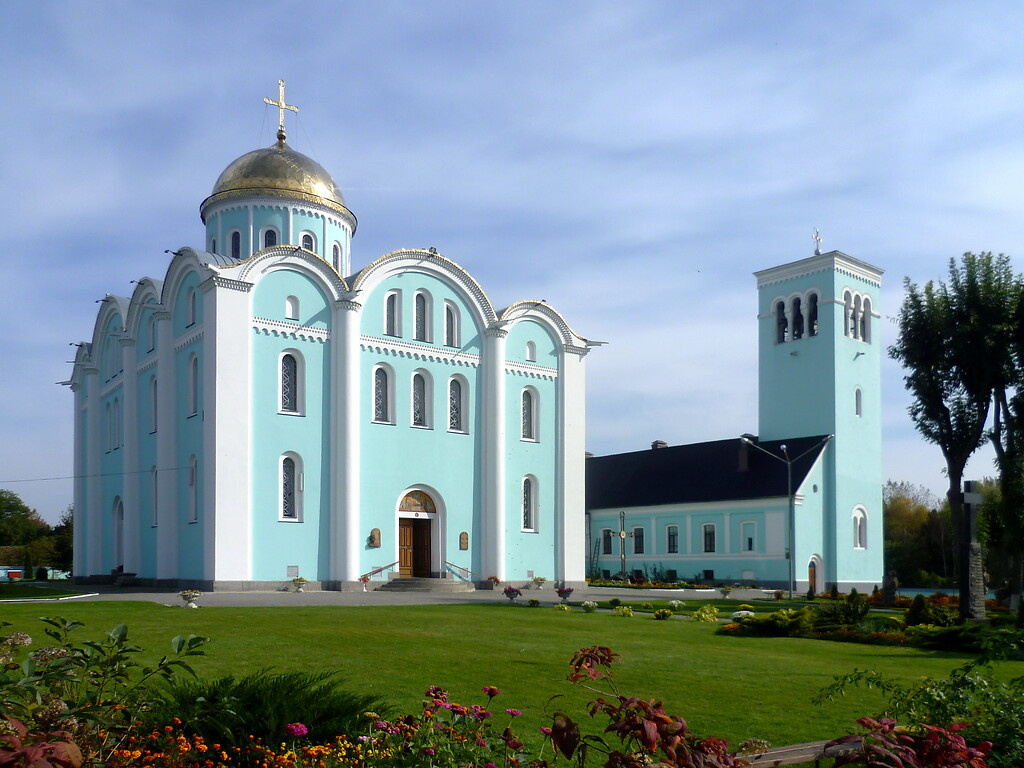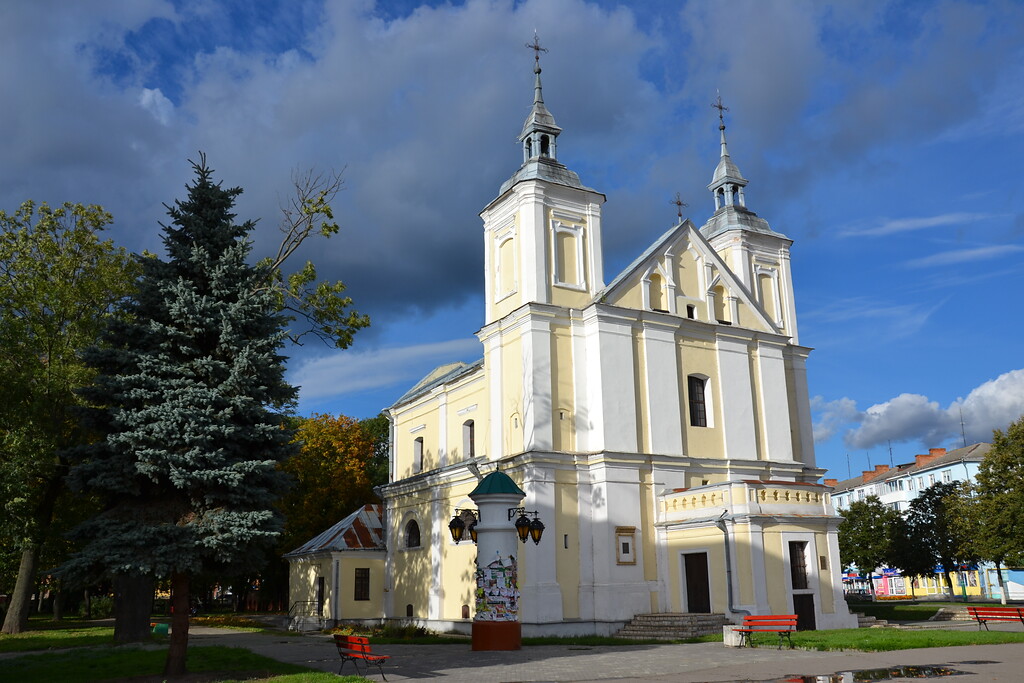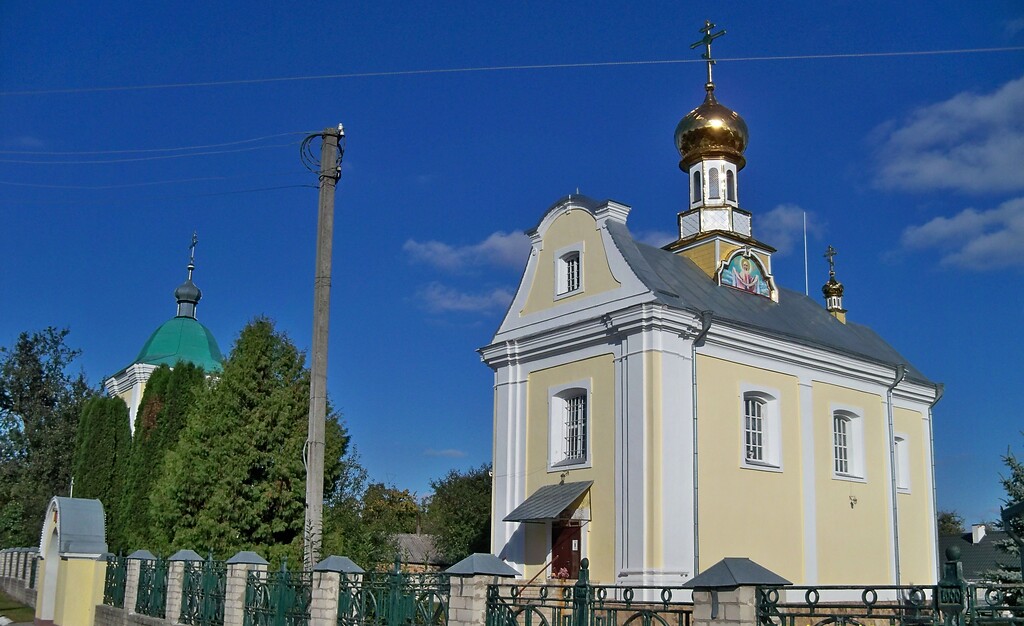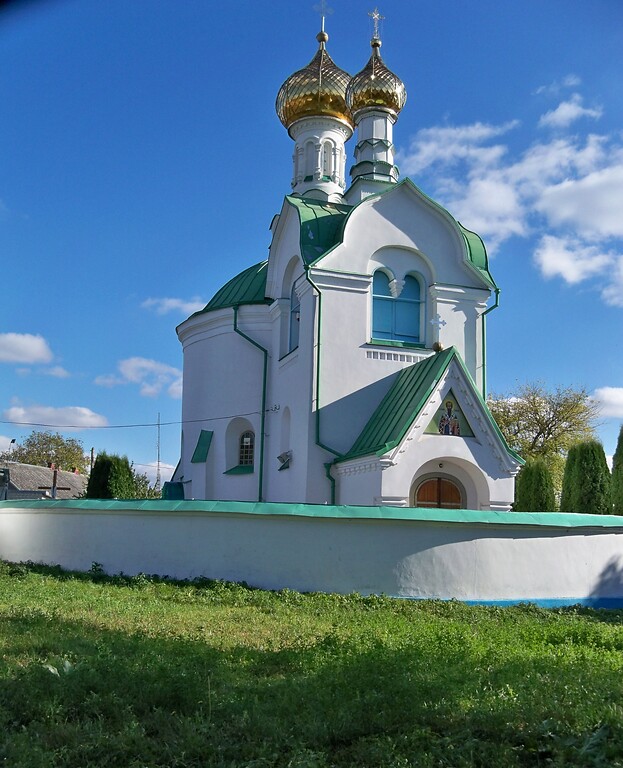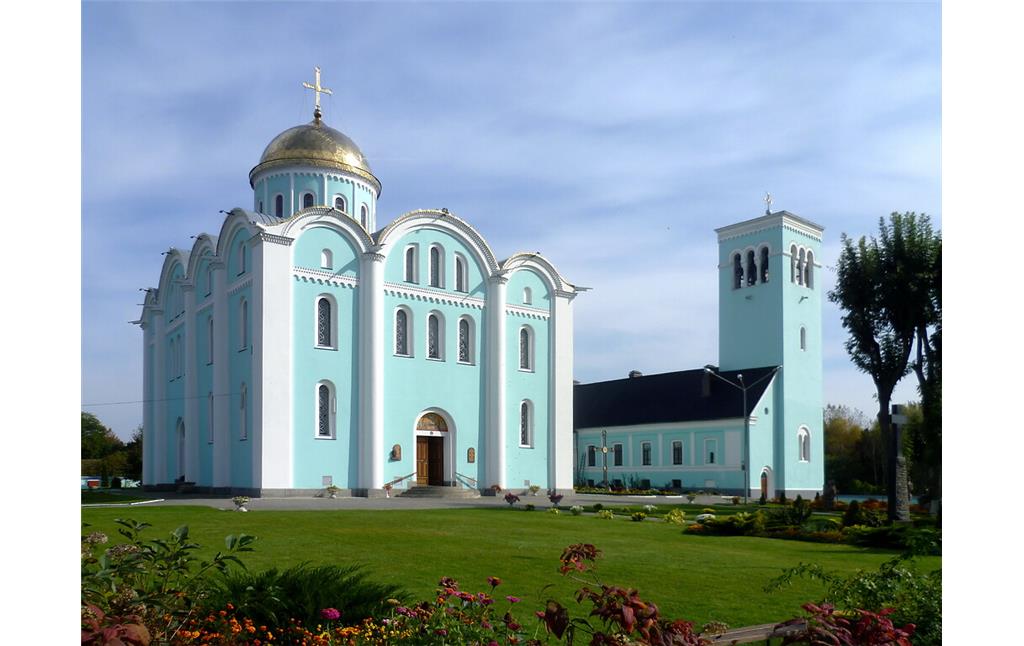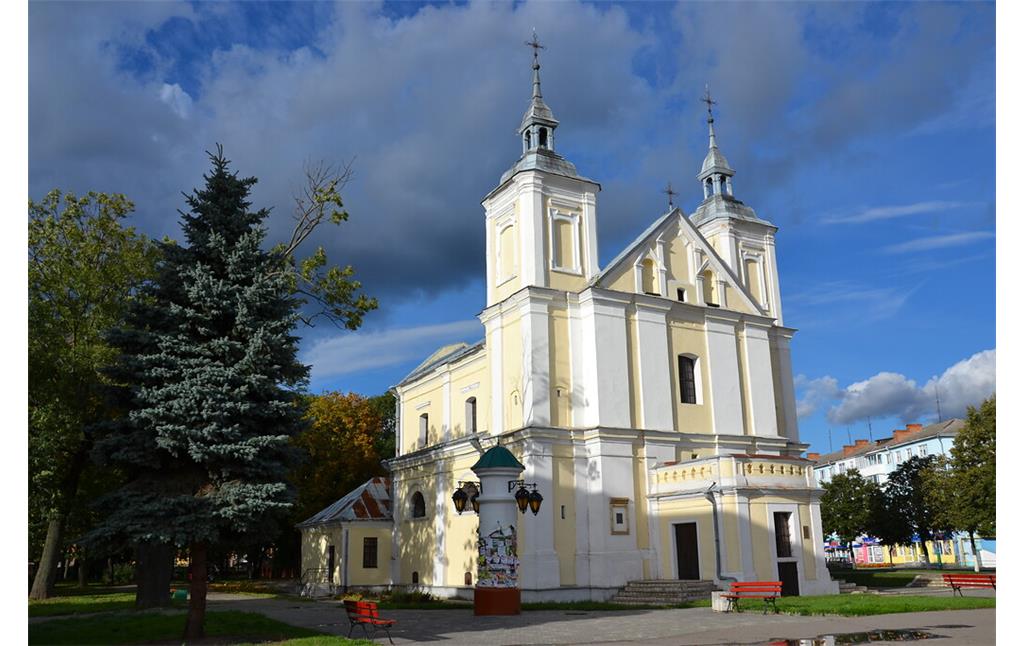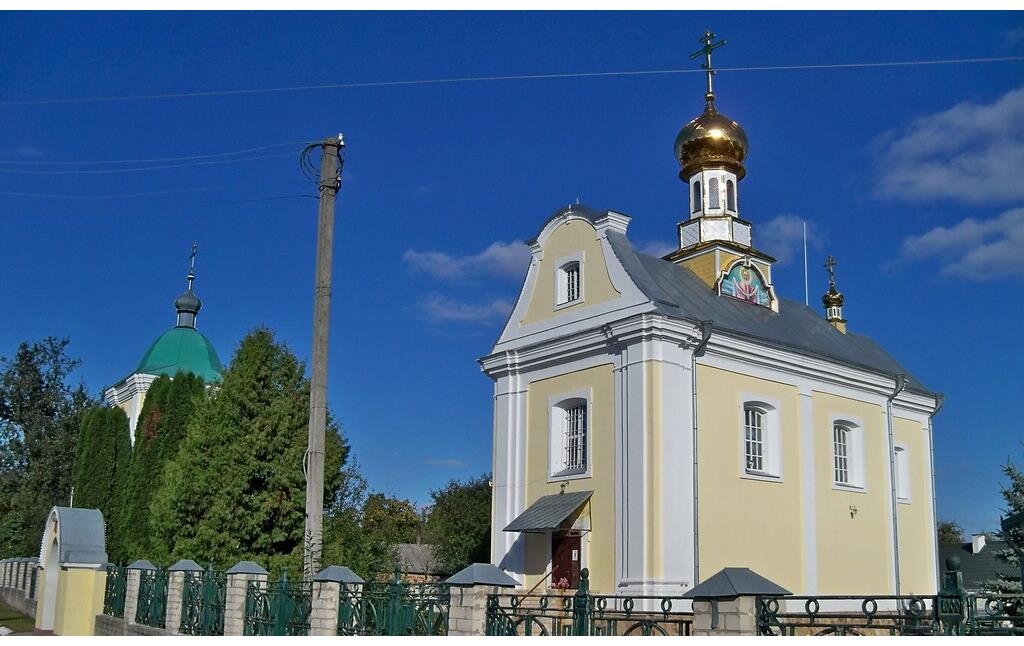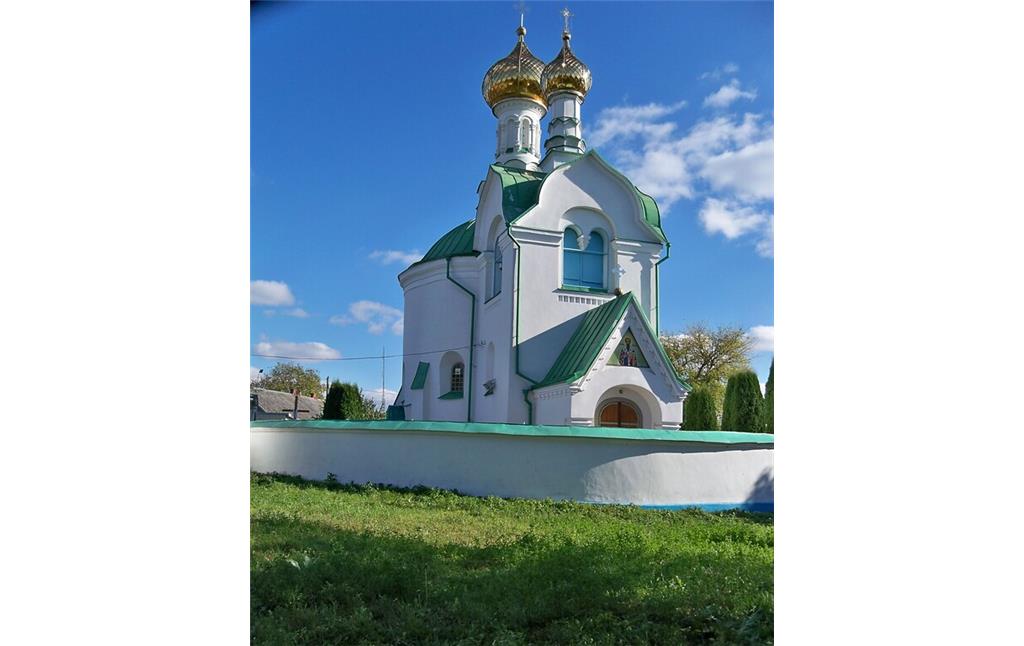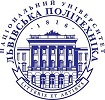
The ancient glory of Volodymyr-Volynskyi is represented by the unique historic and architectural monuments, which are preserved in the town. People of diverse nationalities, confessions and professions have been living there for ages. Orthodoxy has been the main confession here for centuries. Though, the Catholics, Jews, Greek-Catholics and Lutherans have also existed in this town.
The first German settlers in the Volodymyr-Volynskyi region
The Lutherans are people who follow the doctrine written by the German monk Martin Luther (1483-1546) that was created within the 16th century. Luther lived in Wittenberg (today in Saxony-Anhalt/Germany) and was the prior in the local church. Reading the Bible, he was caught by the words “The righteous one will live by reason of faith”. Then he understood that neither the clergy’s authority nor customs and traditions, but only the true faith and talking to God in prayers through the only just Mediator – Jesus Christ - is the main thing in religion. Today Lutheranism is an own Christian confession
In 1795, the third partition of Poland took place. The Volyn became a part of Russian Empire. Ukrainians were the main citizens there, but the Jews, Polish, Russians and Germans also lived there. In the second half of the 18th century German pilgrims were permitted to settle in the Volyn region by the Russian Empress Catherine the Great (1729-1796). At the end of the 18th century a few dozens of Germans inhabited the Volodymyr-Volynskyi region. The main merging of German emigrants was in 1860-1880. Reasons for their immigration was the political separation of Germany, restoration tendencies after the Congress of Vienna, high taxes, the lack of agricultural land, religious persecutions as well as a strong growth of population. In the Volyn region, the Germans were exempted from all taxes and army service. They could also take land lots on the concessionary basis.
In Volyn they cut out the forests and acted like farmers. They worked hard and succeeded as they were hardworking masters. There were successful craftsmen, tradesmen, brewers, teachers, doctors, artists, architects and poor peasants. Some of them had higher education and developed to successful officials.
Churches in Volodymyr-Volynskyi
Because of its great significance and cultural diversity, many churches were built in Volodymyr-Volynskyi. This group displays several churches of the city.
Internet sources:
volodymyrrada.gov.ua: History of Volodymyr-Volynskyi
ukrainaincognita.com: Volodymyr-Volynskyi. A millennial city with a collection of monuments
7chudes.in.ua: Volodymyr-Volynskyi
єпархія.укр: History of the Assumption Cathedral
(Yulia Karpiuk, Lviv Polytechnic National University, 2021)
